当前位置:
X-MOL 学术
›
Anal. Chem.
›
论文详情
Our official English website, www.x-mol.net, welcomes your
feedback! (Note: you will need to create a separate account there.)
Facile in Situ Synthesis of Silver Nanoparticles on the Surface of Metal–Organic Framework for Ultrasensitive Surface-Enhanced Raman Scattering Detection of Dopamine
Analytical Chemistry ( IF 6.7 ) Pub Date : 2015-12-03 00:00:00 , DOI: 10.1021/acs.analchem.5b03058 Zhongwei Jiang 1 , Pengfei Gao 2 , Lin Yang 2 , Chengzhi Huang 1, 2 , Yuanfang Li 1
Analytical Chemistry ( IF 6.7 ) Pub Date : 2015-12-03 00:00:00 , DOI: 10.1021/acs.analchem.5b03058 Zhongwei Jiang 1 , Pengfei Gao 2 , Lin Yang 2 , Chengzhi Huang 1, 2 , Yuanfang Li 1
Affiliation
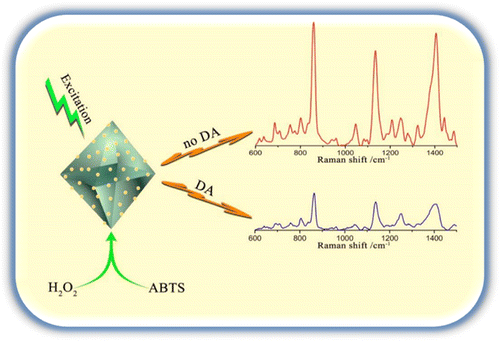
|
Surface-enhanced Raman scattering (SERS) signals are intensively dominated by the Raman hot spots and distance between analyte molecules and metallic nanostructures. Herein, an efficient SERS substrate was developed by in situ synthesis of silver nanoparticles (AgNPs) on the surface of MIL-101 (Fe), a typical metal–organic framework (MOF). The as-prepared SERS substrate combines the numerous Raman hot spots between the high-density Ag NPs and the excellent adsorption performance of MOFs, making it an excellent SERS substrate for highly sensitive SERS detection by effectively concentrating analytes in close proximity to the Raman hot spots domains between the adjacent AgNPs. The resulting hybrid material was used for ultrasensitive SERS detection of dopamine based on the peroxidase-like activity of MIL-101 (Fe) by utilizing the enzyme-linked immunosorbent assay (ELISA) colorimetric substrate, 2,2′-azino-bis(3-ethylbenzthiazoline-6-sulfonic acid) diammonium salt (ABTS) as a SERS marker. This new developed method showed good linearity in the range from 1.054 pM to 210.8 nM for dopamine with the correlation coefficient of 0.992, detection limit of approximately 0.32 pM [signal-to-noise ratio (S/N) = 3], and acceptable recoveries ranging from 99.8% to 108.0% in human urine. These results predict that the proposed SERS system may open up a new opportunity for chemical and biological assay applications.
中文翻译:

金属-有机骨架表面上的原位合成纳米银,用于多巴胺的超灵敏表面增强拉曼散射检测
表面增强拉曼散射(SERS)信号主要由拉曼热点以及分析物分子与金属纳米结构之间的距离所主导。在这里,通过在典型的金属-有机骨架(MOF)MIL-101(Fe)表面上原位合成银纳米颗粒(AgNPs),开发了一种有效的SERS基底。制备后的SERS底物结合了高密度Ag NP之间的众多拉曼热点和MOF的出色吸附性能,使其成为有效检测SERS的出色SERS底物,可通过在拉曼热点附近有效地浓缩分析物来实现相邻AgNP之间的结构域。通过使用酶联免疫吸附测定(ELISA)比色底物2,2'-azino-bis(3),将所得的杂化材料基于MIL-101(Fe)的过氧化物酶样活性用于多巴胺的超灵敏SERS检测。 -乙基苯并噻唑啉-6-磺酸)二铵盐(ABTS)作为SERS标记。这种新开发的方法对多巴胺在1.054 pM至210.8 nM的范围内表现出良好的线性,相关系数为0.992,检测极限约为0.32 pM [信噪比(S / N)= 3],并且回收率可接受在人类尿液中的含量从99.8%到108.0%不等。这些结果表明,提出的SERS系统可能会为化学和生物分析应用打开新的机会。作为SERS标记的2'-叠氮基双(3-乙基苯并噻唑啉-6-磺酸)二铵盐(ABTS)。这种新开发的方法对多巴胺在1.054 pM至210.8 nM的范围内表现出良好的线性,相关系数为0.992,检测极限约为0.32 pM [信噪比(S / N)= 3],并且回收率可接受在人类尿液中的含量从99.8%到108.0%不等。这些结果表明,提出的SERS系统可能会为化学和生物分析应用打开新的机会。作为SERS标记的2'-叠氮基双(3-乙基苯并噻唑啉-6-磺酸)二铵盐(ABTS)。这种新开发的方法对多巴胺在1.054 pM至210.8 nM的范围内表现出良好的线性,相关系数为0.992,检测极限约为0.32 pM [信噪比(S / N)= 3],并且回收率可接受在人类尿液中的含量从99.8%到108.0%不等。这些结果表明,提出的SERS系统可能会为化学和生物分析应用打开新的机会。
更新日期:2015-12-03
中文翻译:

金属-有机骨架表面上的原位合成纳米银,用于多巴胺的超灵敏表面增强拉曼散射检测
表面增强拉曼散射(SERS)信号主要由拉曼热点以及分析物分子与金属纳米结构之间的距离所主导。在这里,通过在典型的金属-有机骨架(MOF)MIL-101(Fe)表面上原位合成银纳米颗粒(AgNPs),开发了一种有效的SERS基底。制备后的SERS底物结合了高密度Ag NP之间的众多拉曼热点和MOF的出色吸附性能,使其成为有效检测SERS的出色SERS底物,可通过在拉曼热点附近有效地浓缩分析物来实现相邻AgNP之间的结构域。通过使用酶联免疫吸附测定(ELISA)比色底物2,2'-azino-bis(3),将所得的杂化材料基于MIL-101(Fe)的过氧化物酶样活性用于多巴胺的超灵敏SERS检测。 -乙基苯并噻唑啉-6-磺酸)二铵盐(ABTS)作为SERS标记。这种新开发的方法对多巴胺在1.054 pM至210.8 nM的范围内表现出良好的线性,相关系数为0.992,检测极限约为0.32 pM [信噪比(S / N)= 3],并且回收率可接受在人类尿液中的含量从99.8%到108.0%不等。这些结果表明,提出的SERS系统可能会为化学和生物分析应用打开新的机会。作为SERS标记的2'-叠氮基双(3-乙基苯并噻唑啉-6-磺酸)二铵盐(ABTS)。这种新开发的方法对多巴胺在1.054 pM至210.8 nM的范围内表现出良好的线性,相关系数为0.992,检测极限约为0.32 pM [信噪比(S / N)= 3],并且回收率可接受在人类尿液中的含量从99.8%到108.0%不等。这些结果表明,提出的SERS系统可能会为化学和生物分析应用打开新的机会。作为SERS标记的2'-叠氮基双(3-乙基苯并噻唑啉-6-磺酸)二铵盐(ABTS)。这种新开发的方法对多巴胺在1.054 pM至210.8 nM的范围内表现出良好的线性,相关系数为0.992,检测极限约为0.32 pM [信噪比(S / N)= 3],并且回收率可接受在人类尿液中的含量从99.8%到108.0%不等。这些结果表明,提出的SERS系统可能会为化学和生物分析应用打开新的机会。



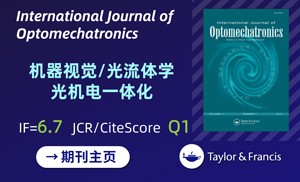


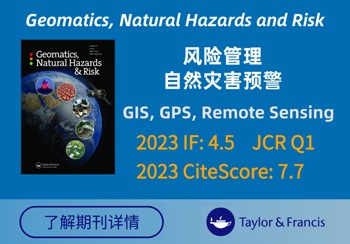
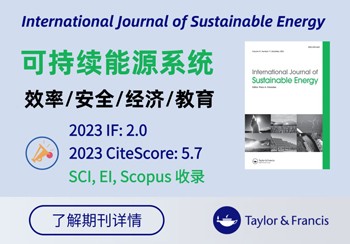

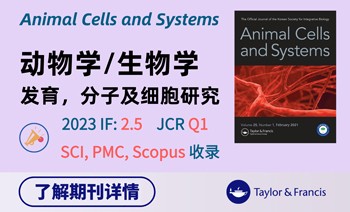











































 京公网安备 11010802027423号
京公网安备 11010802027423号